Drupal CMS
Empowering web creators with versatility, scalability, and a vibrant community, shaping the internet’s dynamic future.
Course Overview
This comprehensive Drupal course is tailored for absolute beginners, guiding them to effortlessly create and manage dynamic, database-driven websites with Drupal CMS—no coding or programming skills required.
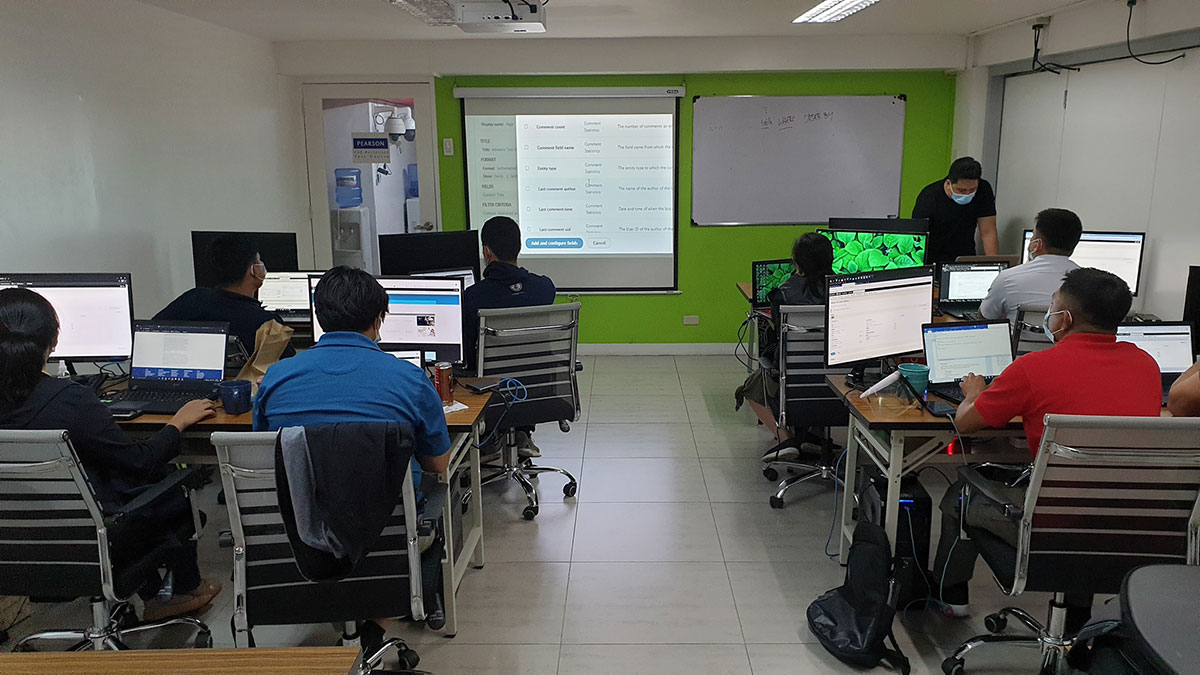
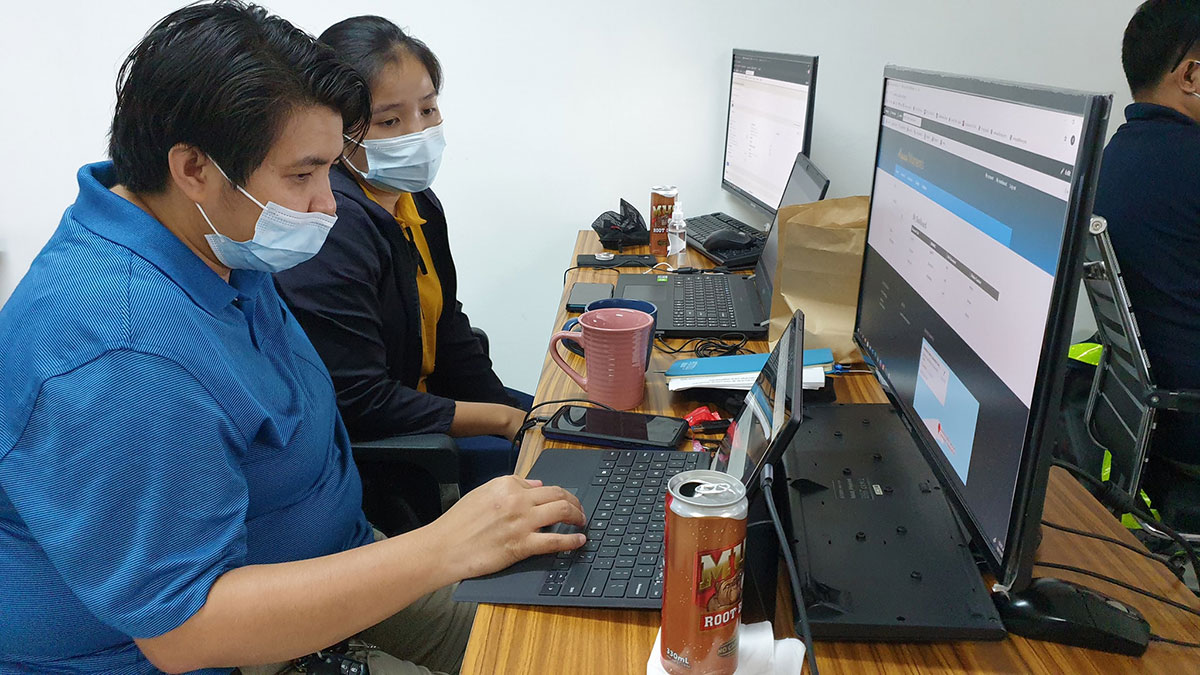
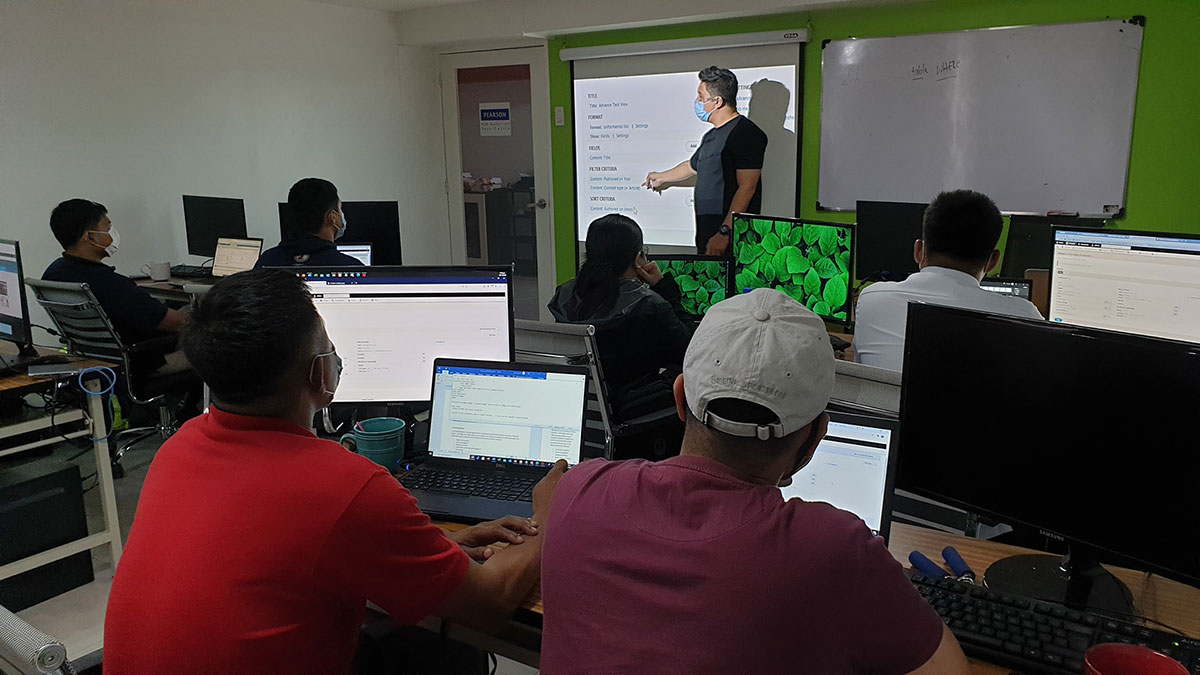
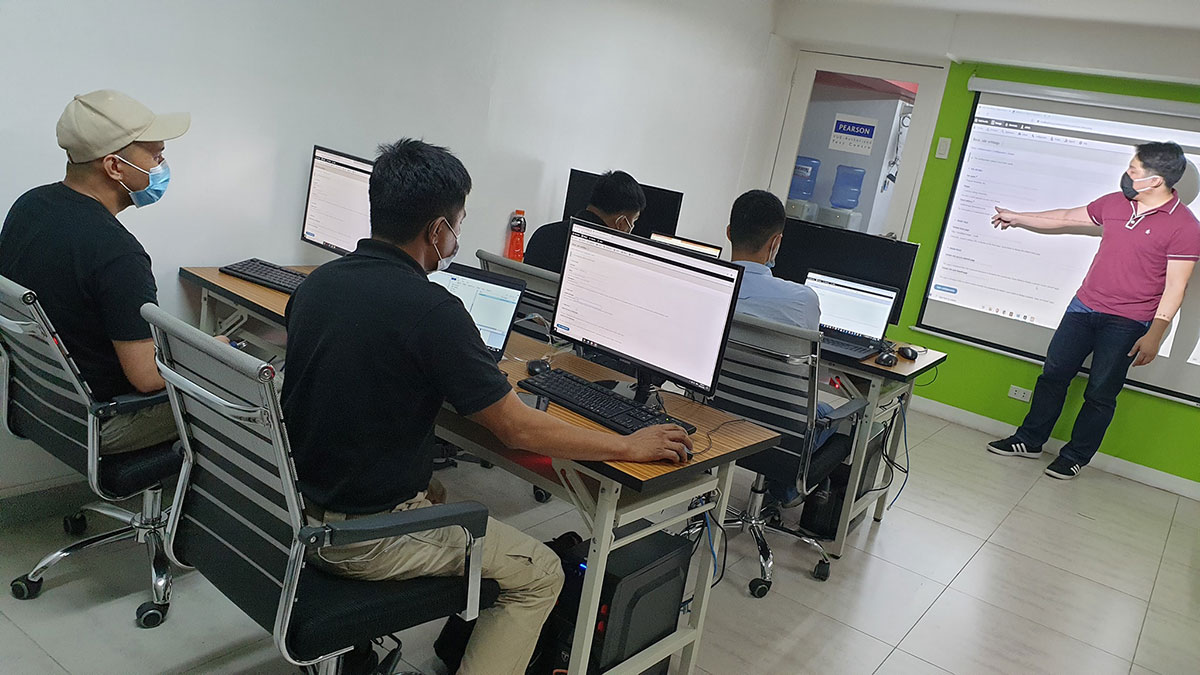
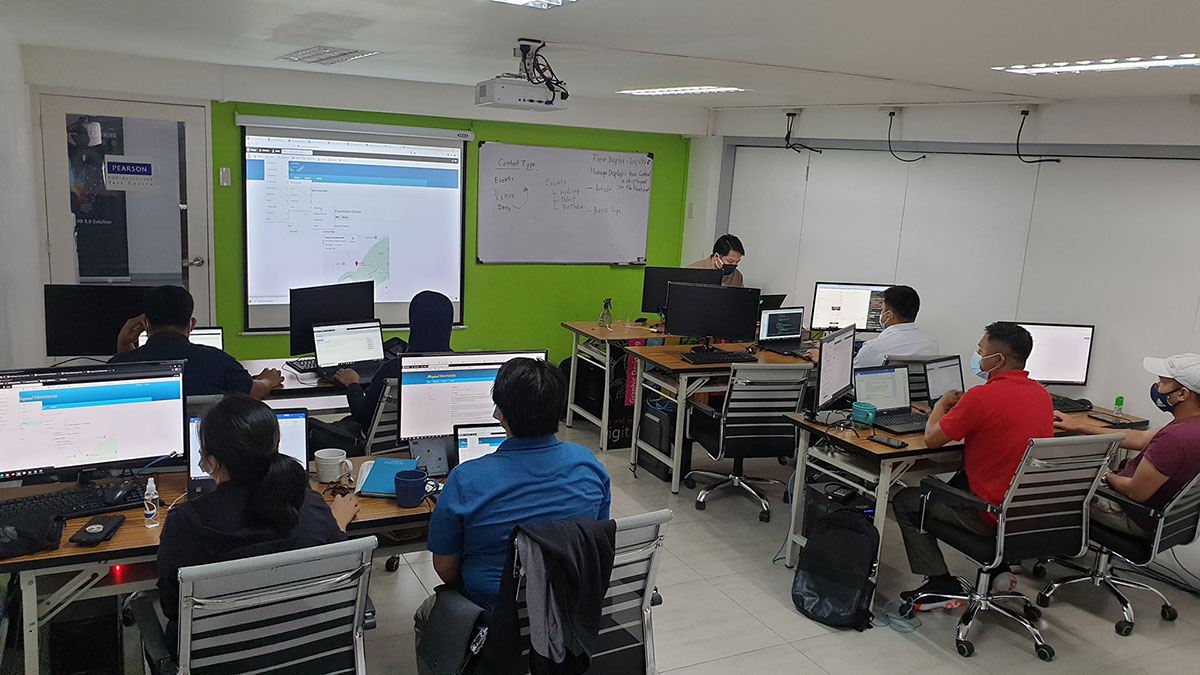
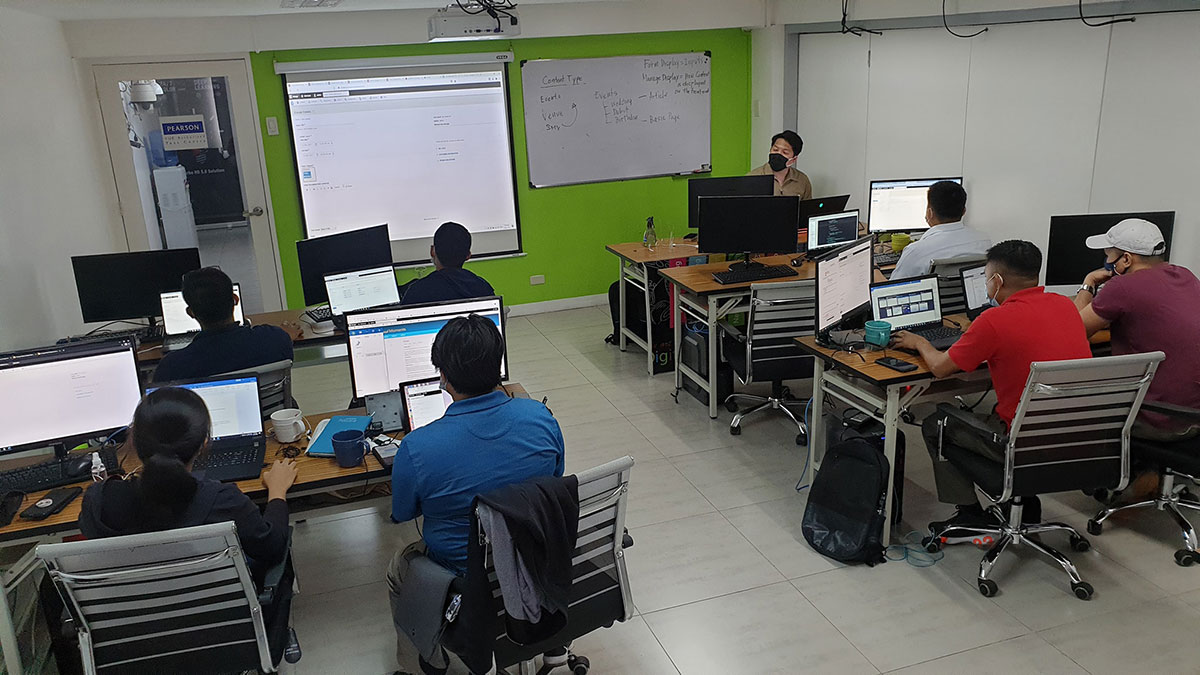
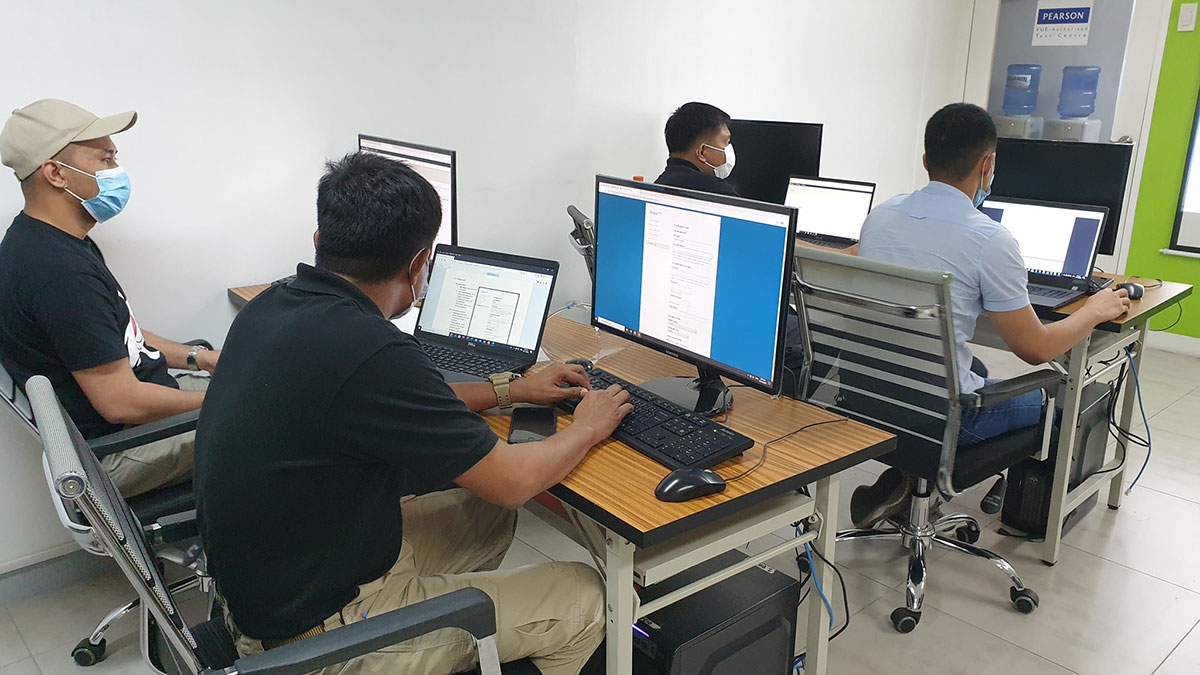
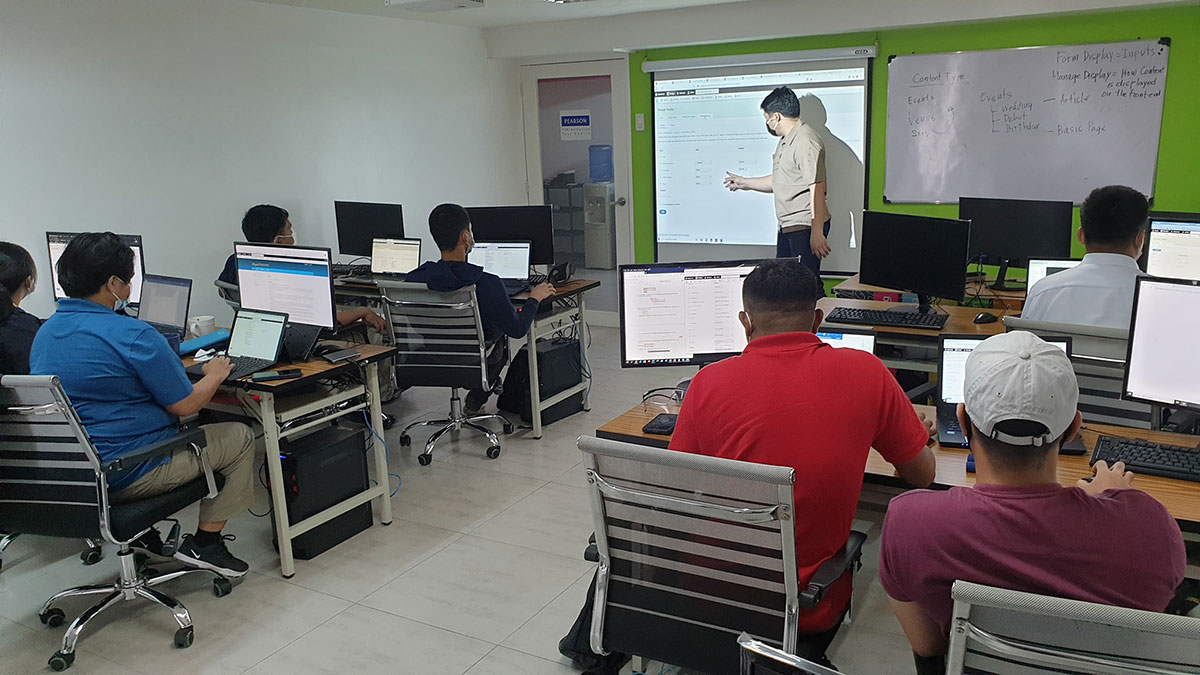
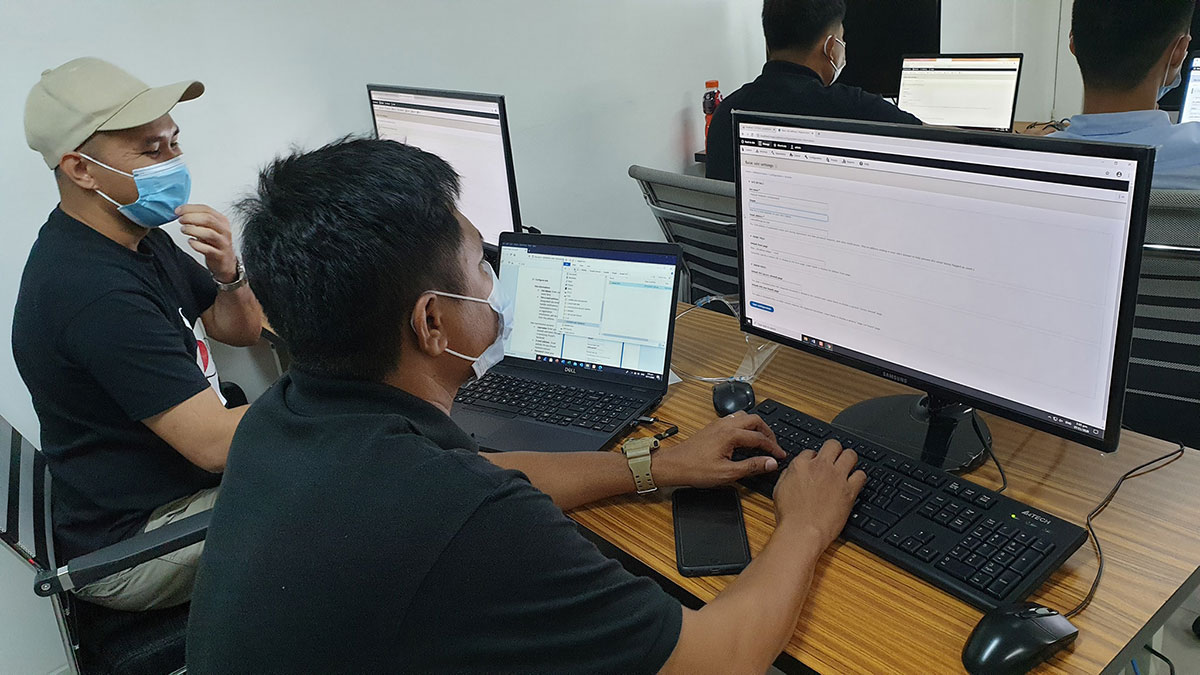
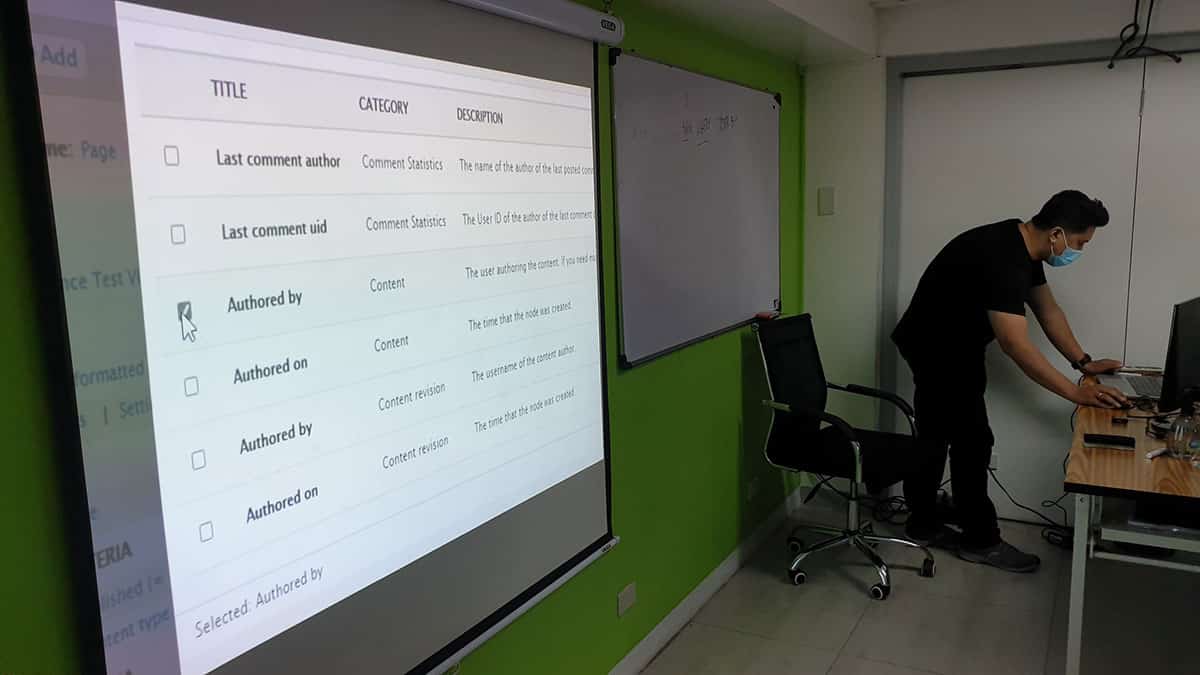
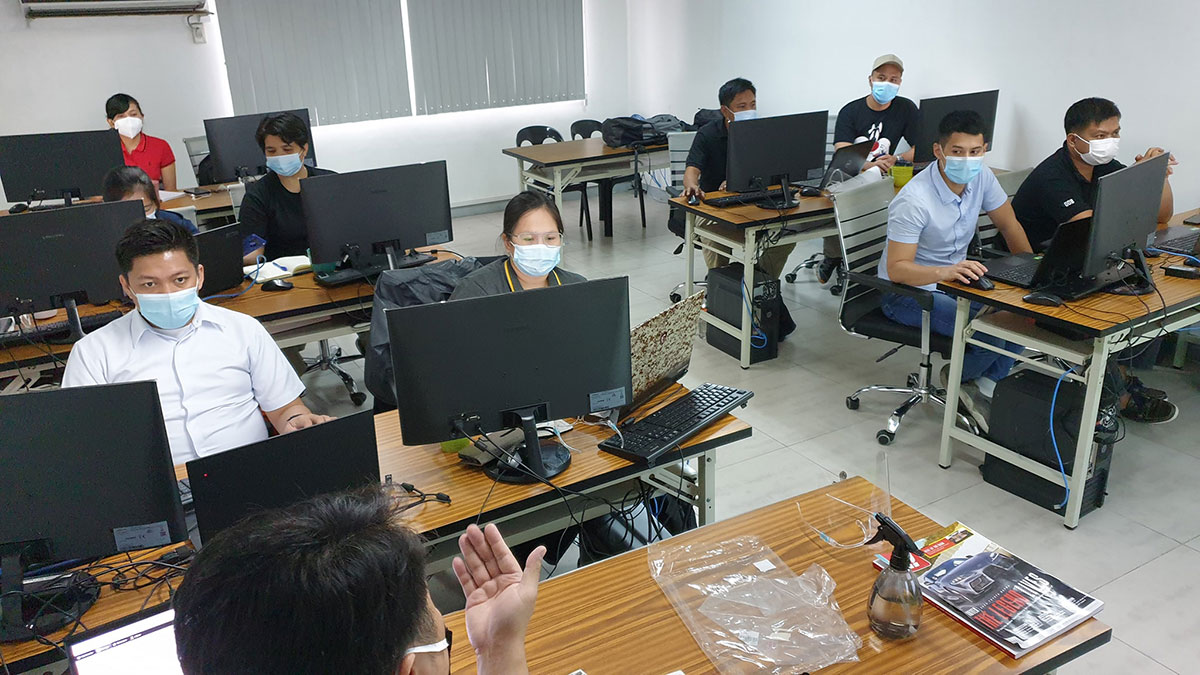
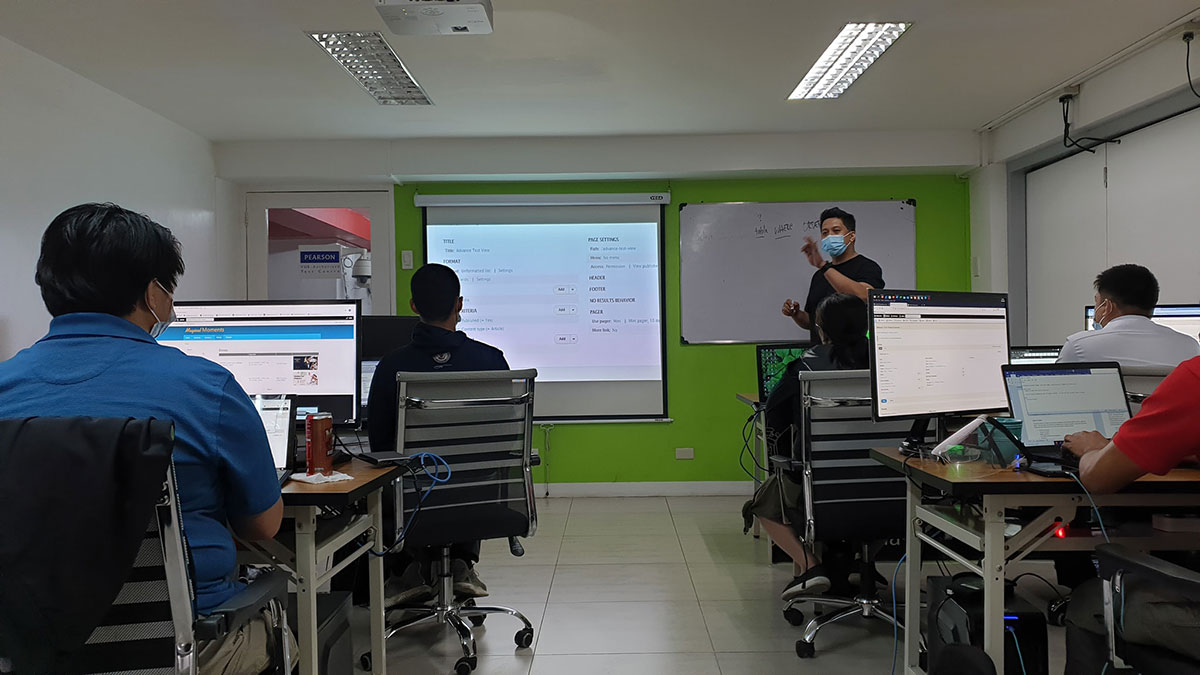
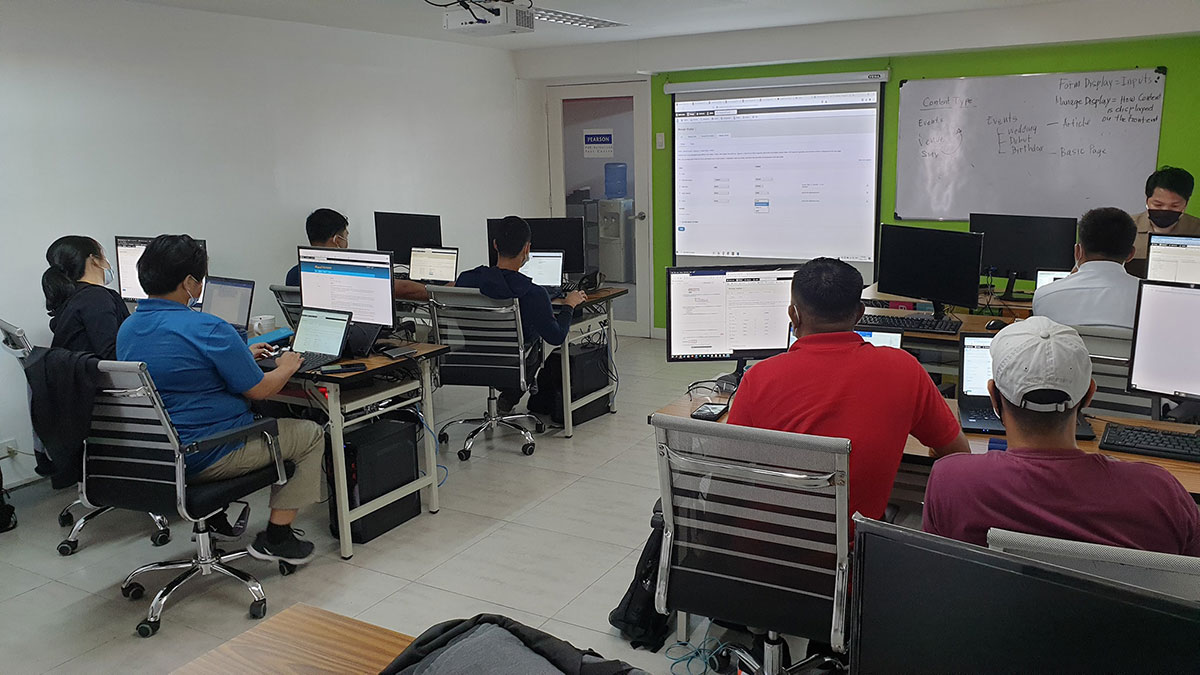
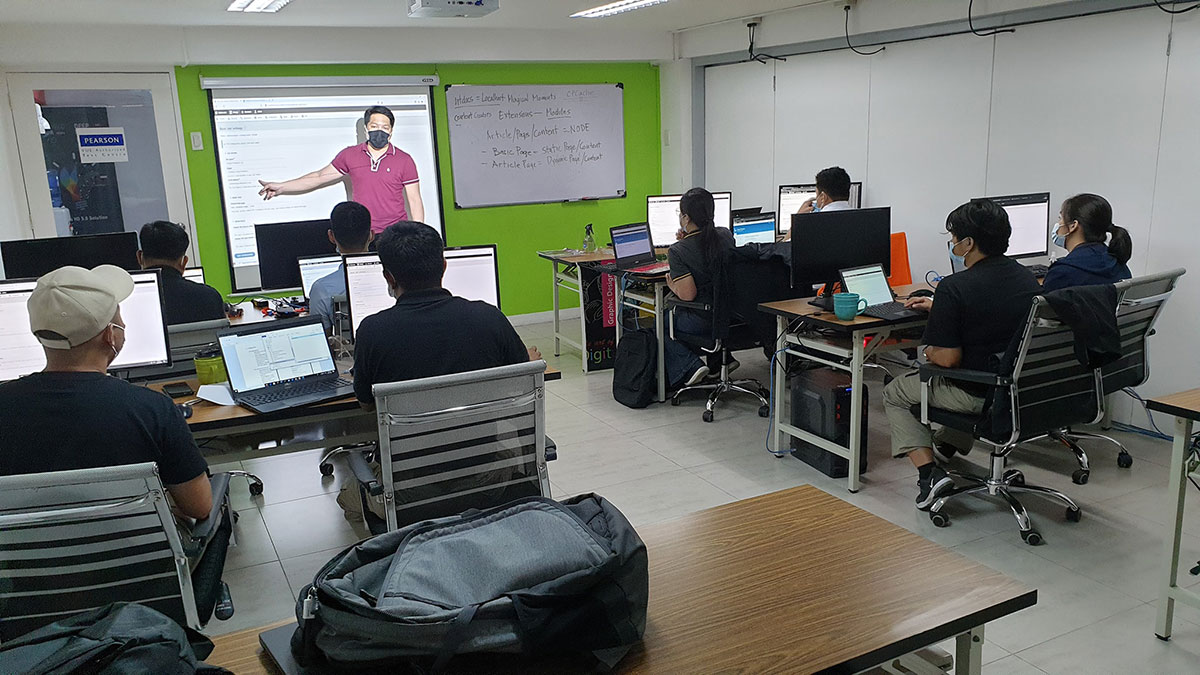
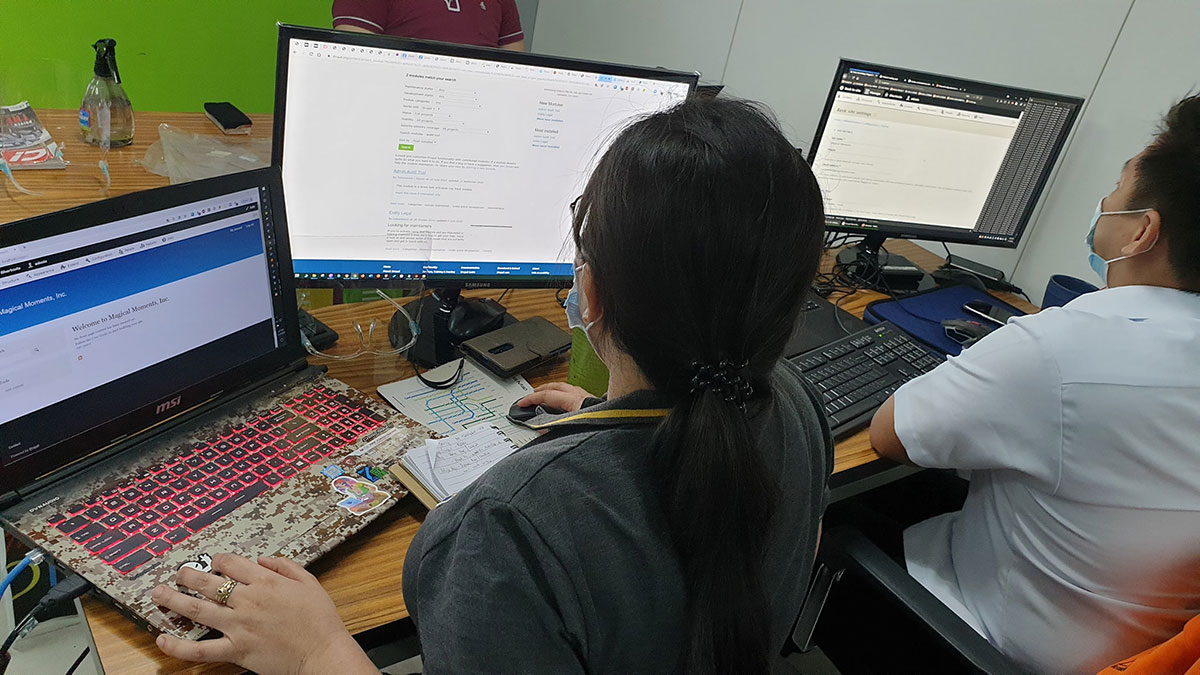
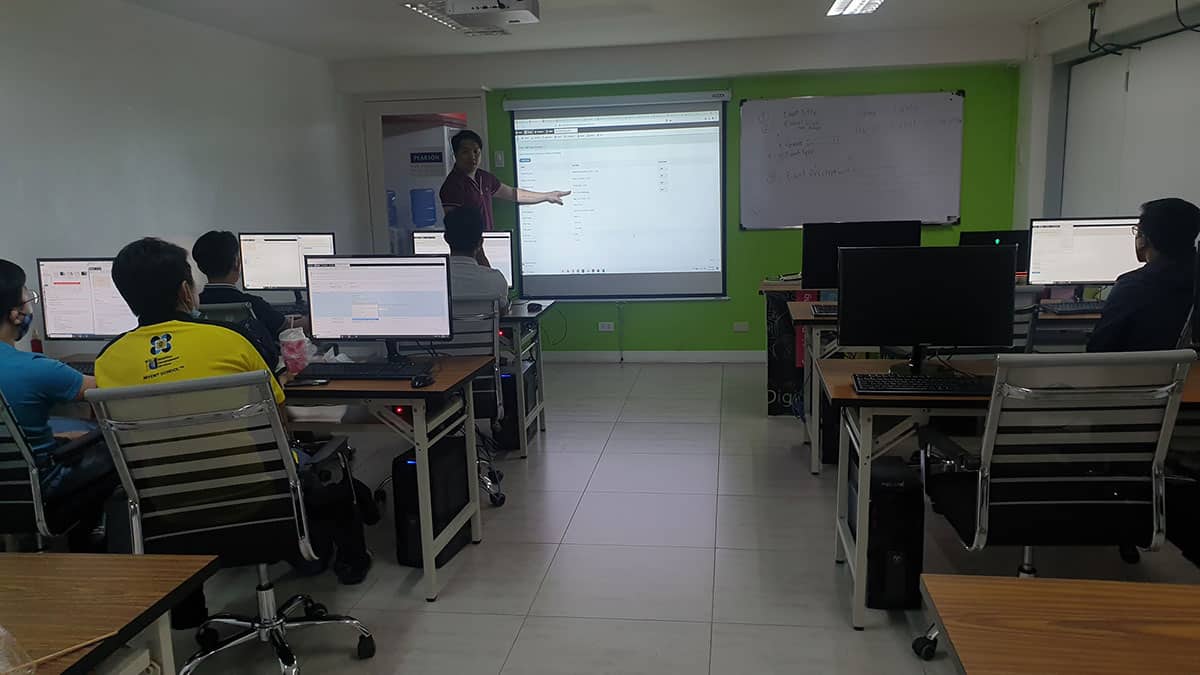
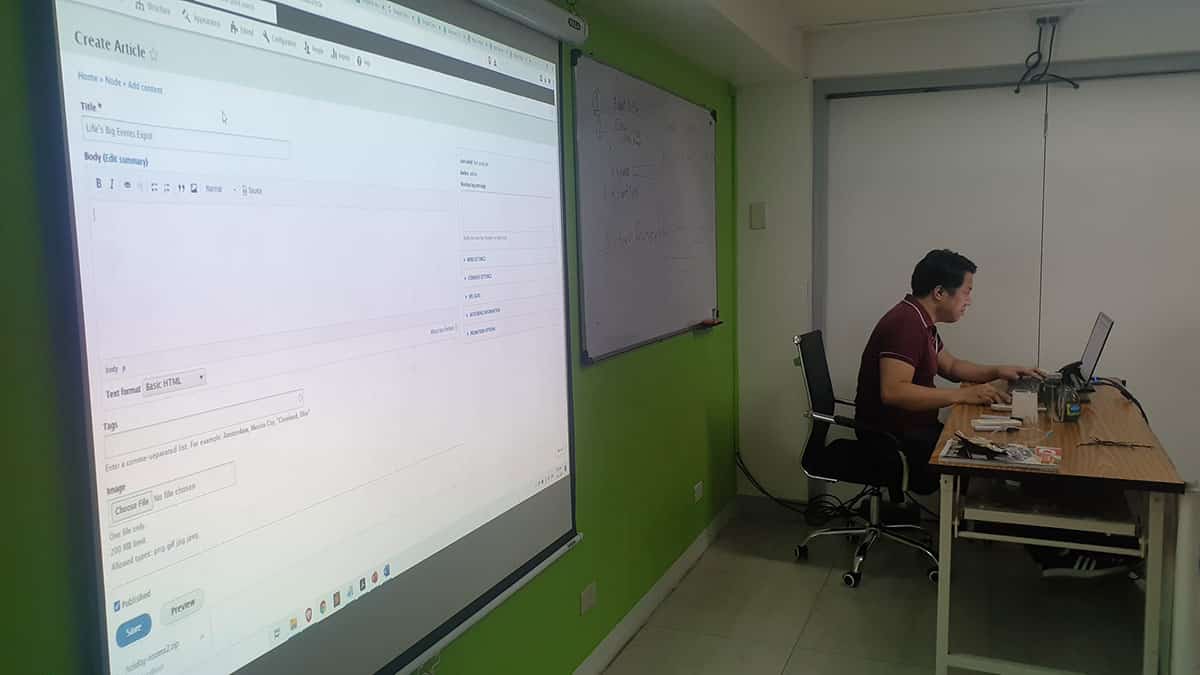
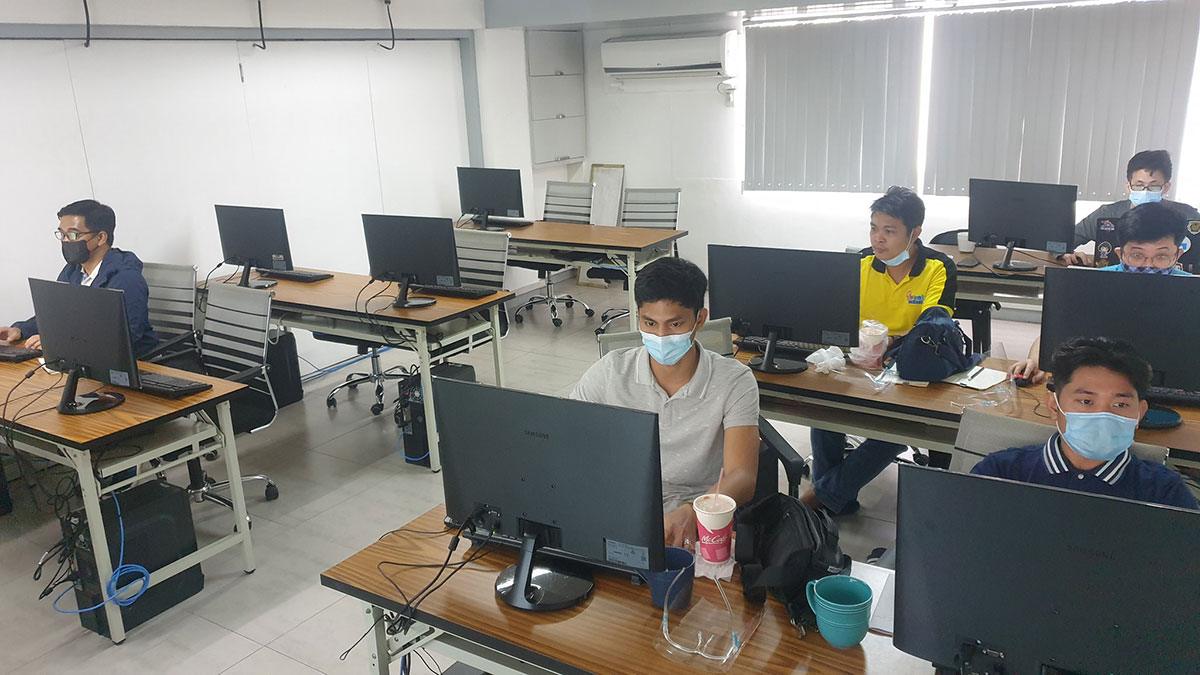
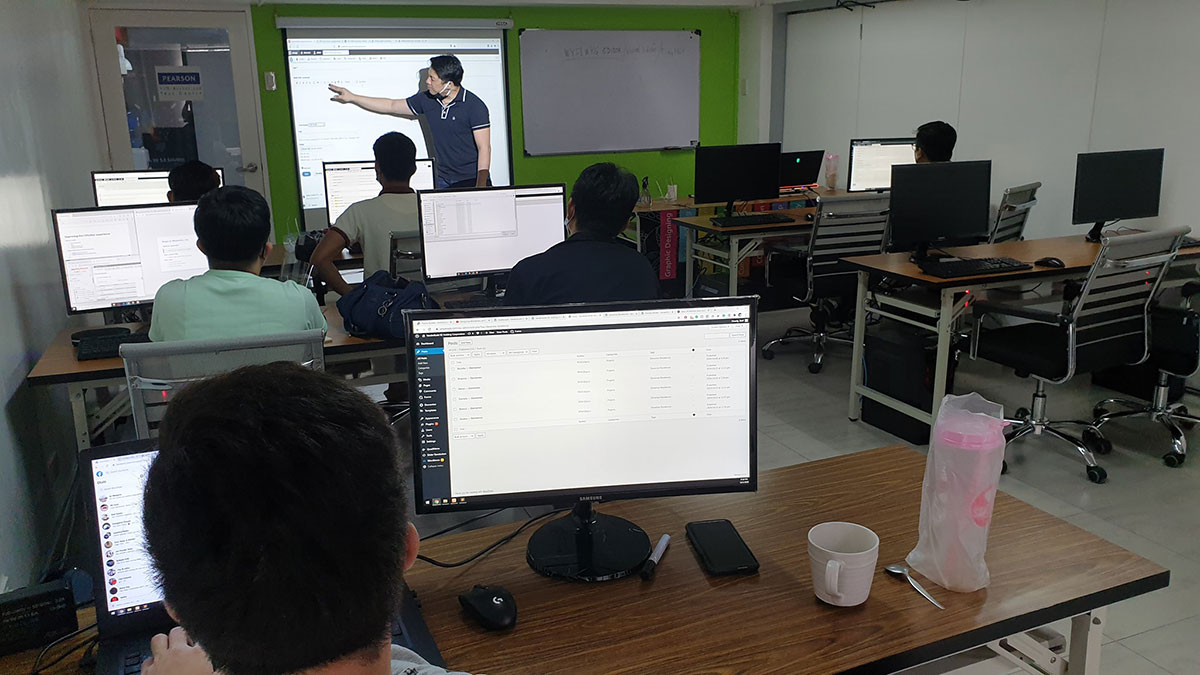
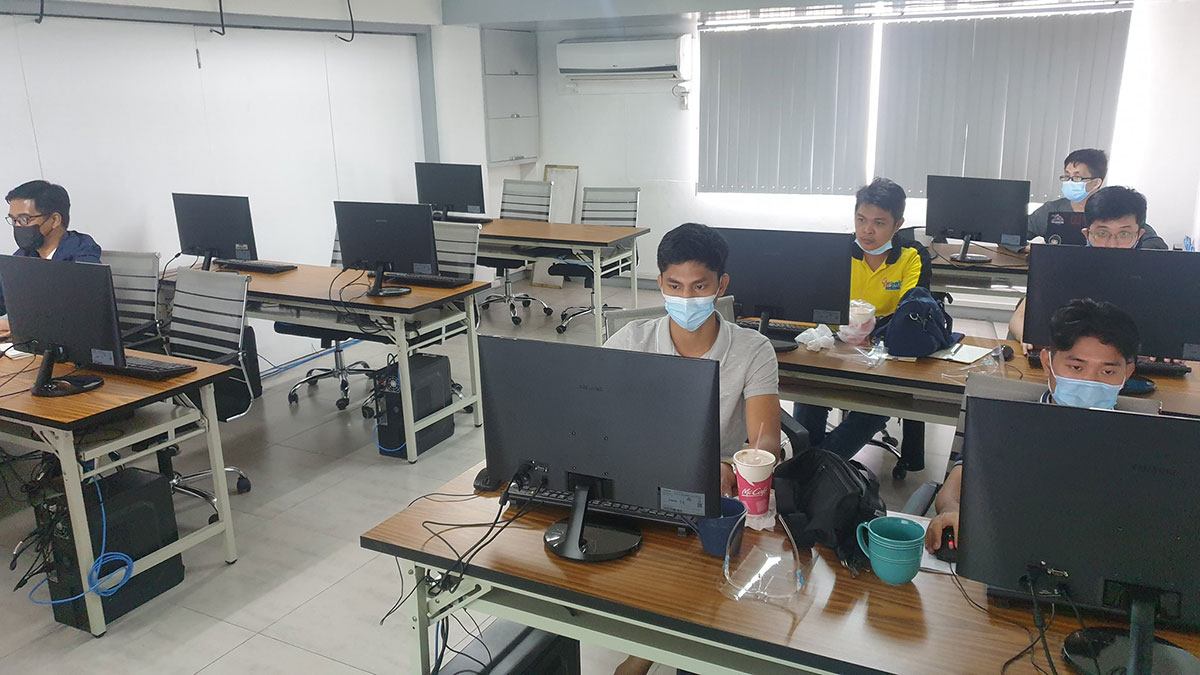
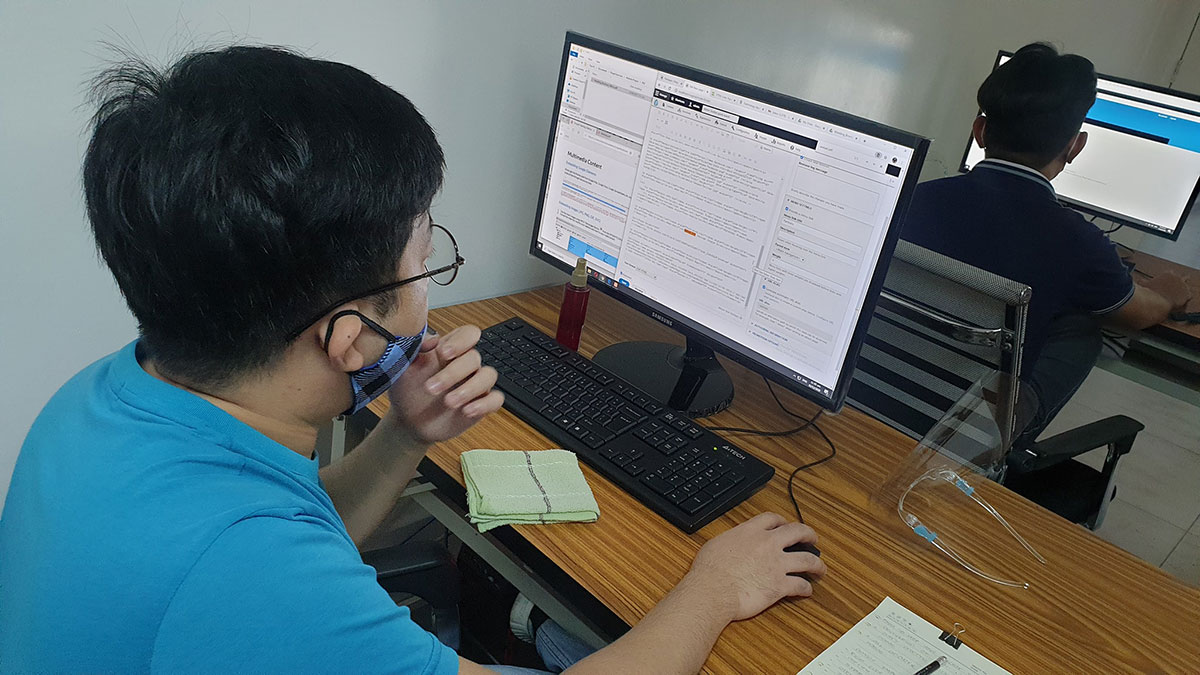
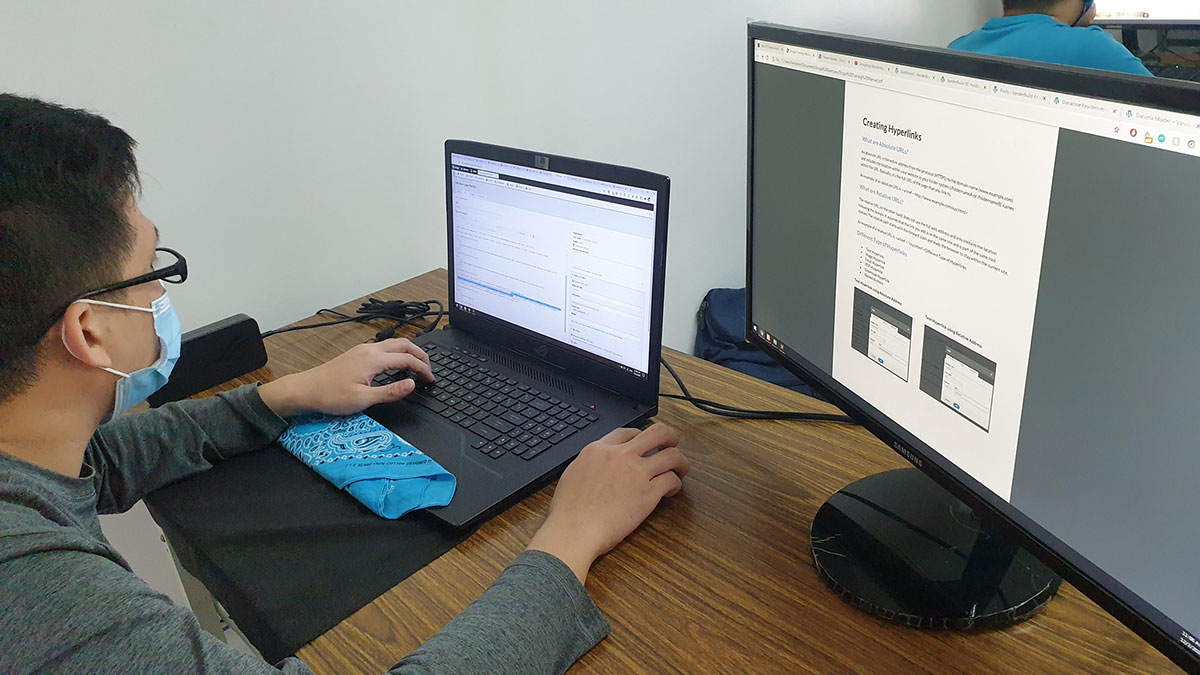
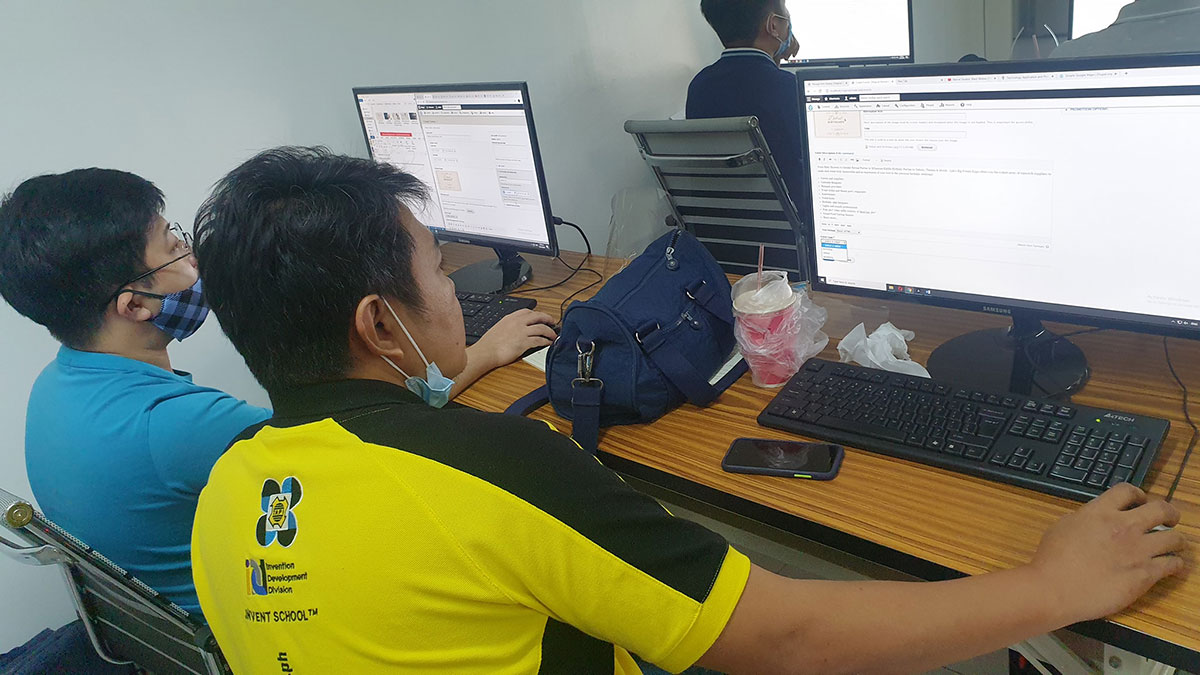
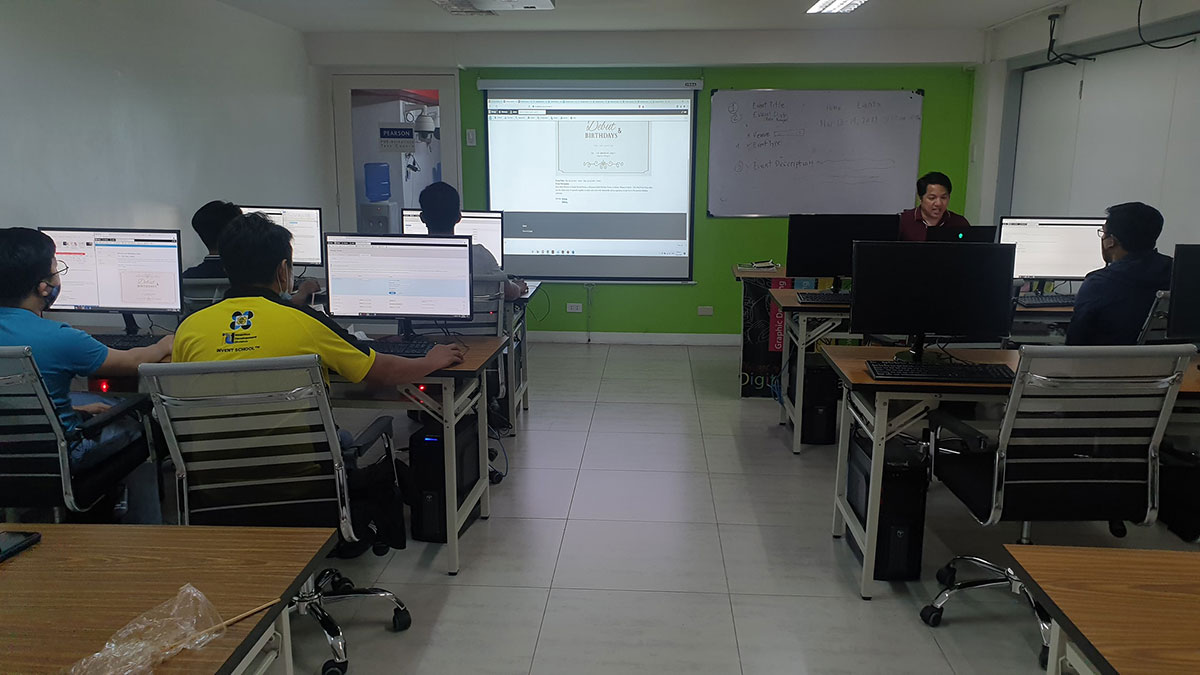
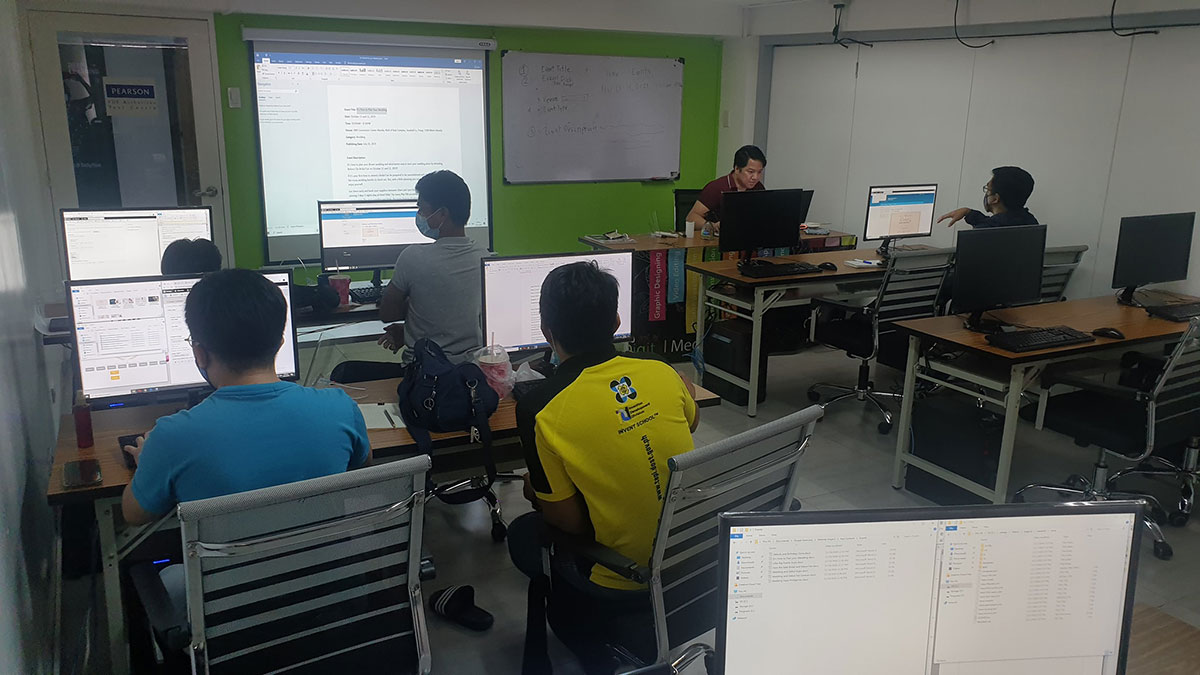
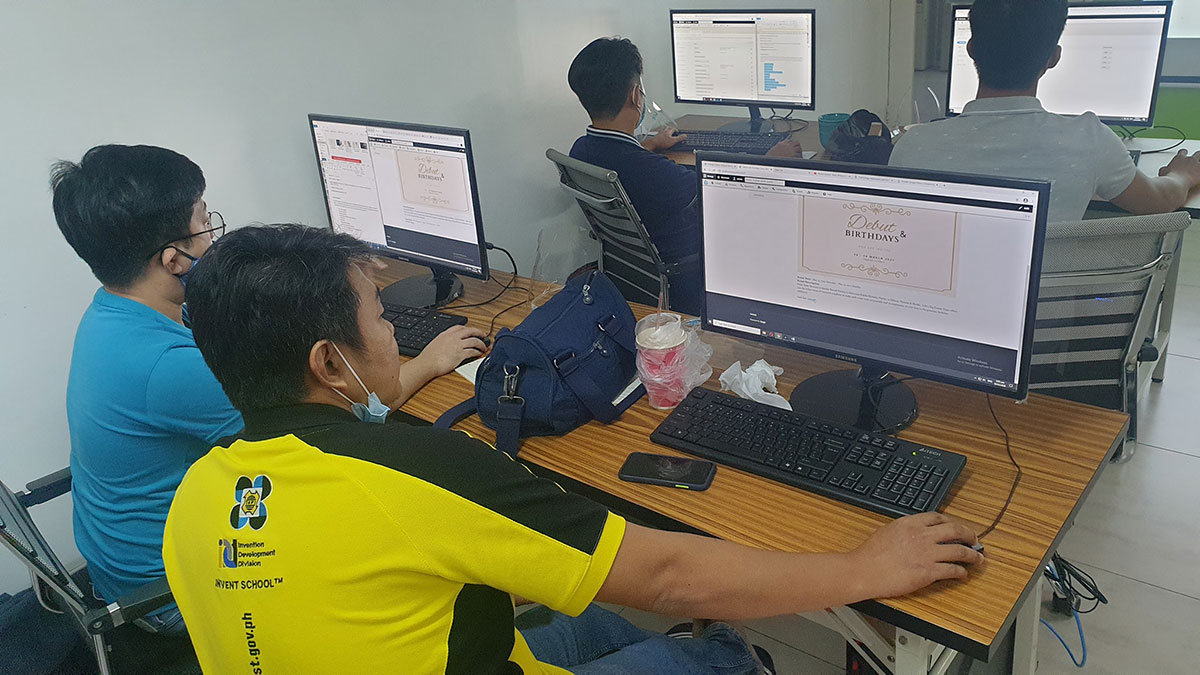
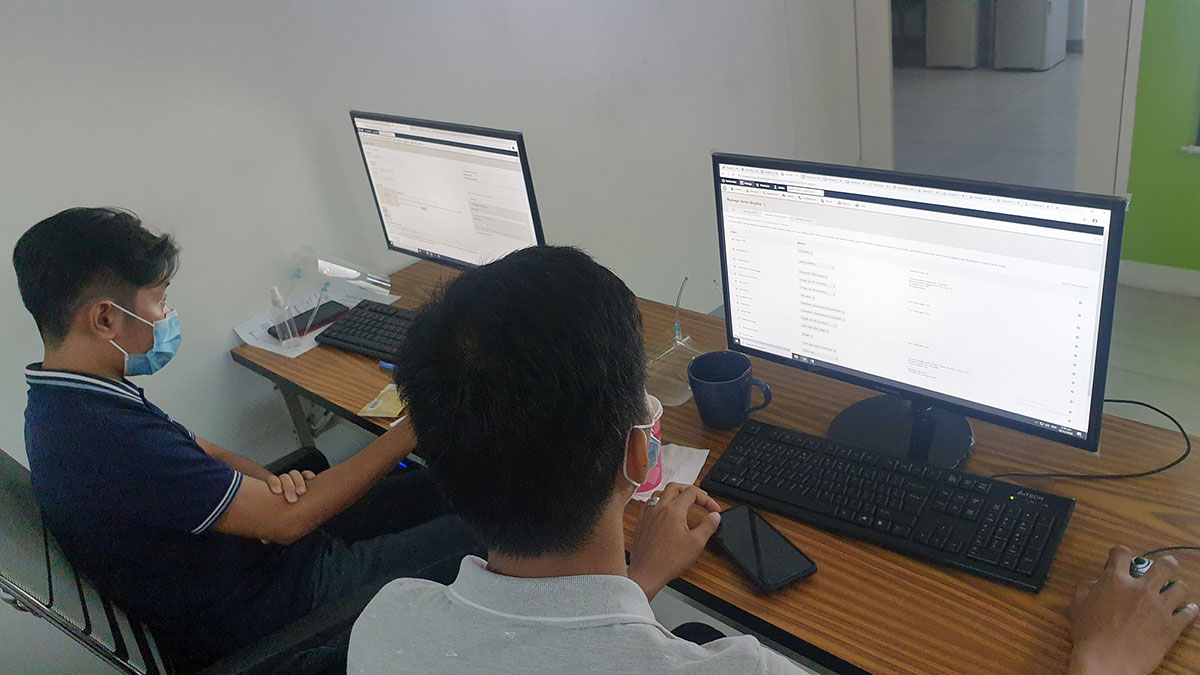
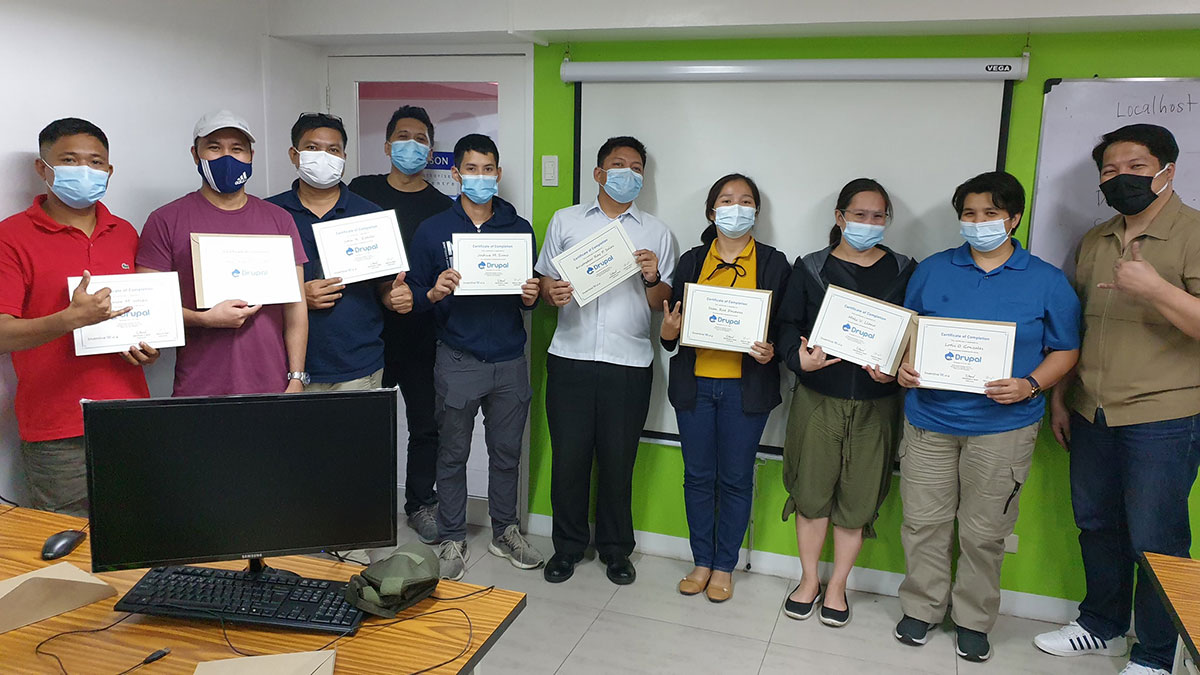
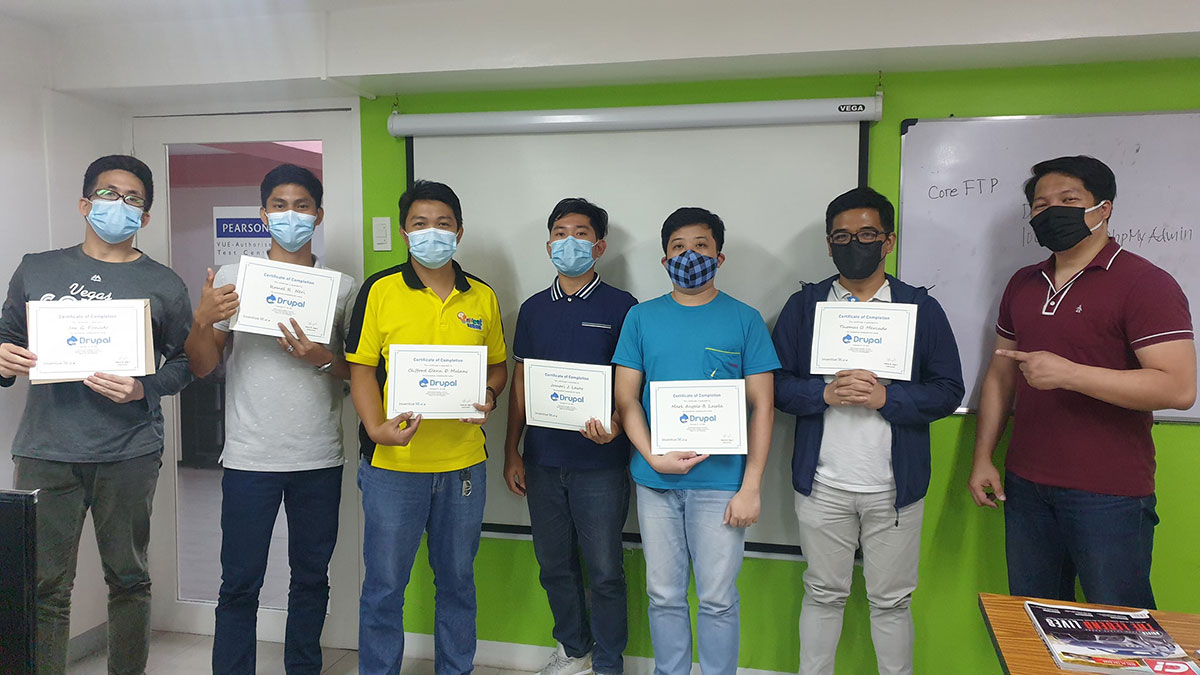
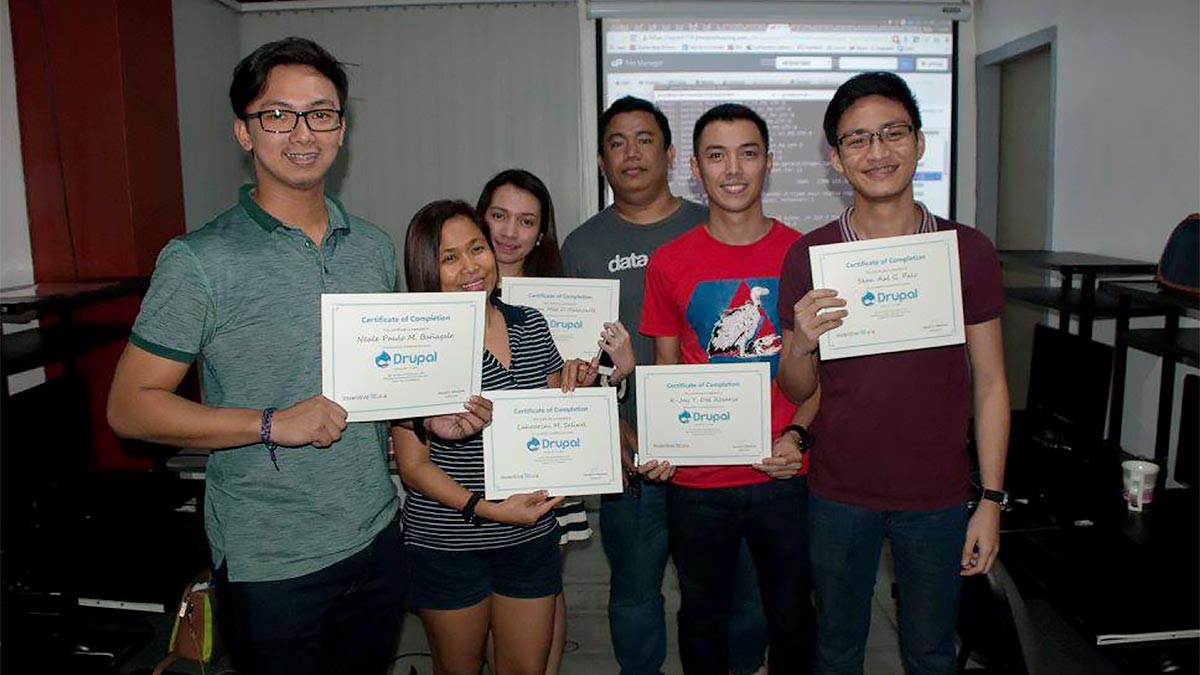
Ranked as one of the Best Schools for Web Development
- Our founder, Henry N. Ong II, is the recognized pioneer of CMS web development courses in the Philippines
- First school to offer WordPress, Joomla & Drupal Classes since 2006
- First school to offer Laravel Class since 2014
- First school to offer Bootstrap Class since 2014
- Pearson Vue Accredited Testing Partner
- PhilGEPS Accredited Center
- Globally Recognized Course Certificate
- Around 85% of government agencies and LGUs take web Development classes from us
Frequently Asked Questions
- Basic Computer knowledge and Skills in PC or Mac.
- Knowledge in HTML, CSS, Bootstrap and JavaScript can be an advantage but not required.
- Certificate of course completion
- Training references (PDF)
- Exercise materials
- Some add-ons
- Free trainer consultation
- Unlimited Free Retakes
Unlimited Retakes = Unlimited Hours of Learning!
We understand that individuals have different learning styles and paces, that’s why we offer the opportunity to learn at your own speed. If you need more time to grasp a concept, you are welcome to come back and retake the class at no additional cost. We believe in providing students with the support they need to succeed.
To Avail: Finish the course to qualify for the unlimited refresher classes
Validity: 1 Year
- For aspiring Web Developers
- For non-technical people who want to create a professional website without the need for coding and programming.
A Content Management System, popularly known as CMS, is a database driven web application that helps users easily create, edit, manage, and modify content on a website without the need for any coding or other web programming skills.
CMS also provides capabilities for user collaboration through its sophisticated user management system and the flexibility to install extensions to your add functionalities and features to your website.
Drupal is the most powerful and flexible free, open-source Content Management System (CMS). It’s a popular web platform choice by millions of people and organizations worldwide for their website.
Drupal is the trusted CMS by many businesses and government organizations like the The City of London, Australian Government, Harvard, Stanford University, New York State, Tesla, eBay, Entertainment Weekly, The Economist, BBC, NBC News, Cisco, Twitter, NCAA and a lot more.
Joomla, WordPress and Drupal are all Content Management Systems (CMS) that allow users to create, manage, and edit websites without extensive technical knowledge. However, each has its own unique features and capabilities:
Joomla: Joomla is an open-source CMS that is known for its flexibility and scalability. It has a wide range of extensions and templates available, making it a great choice for larger, more complex websites. Joomla is also known for its advanced user management and access control features.
WordPress: WordPress is the most popular CMS and is known for its ease of use and flexibility. It is widely used for blogging and creating small to medium-sized websites. WordPress has a large community of developers, which means there are a wide range of themes and plugins available.
Drupal: Drupal is another open-source CMS that is known for its flexibility and scalability. It is often used for enterprise-level websites, such as those with complex data management requirements. Drupal is also known for its powerful multilingual capabilities, making it a great choice for websites that need to support multiple languages.
All three of these systems are powerful in their own way and have different features that will be better suited for different types of websites.
Course Outline
A brief history of the World Wide Web
Drupal 101
- What is Drupal?
- The Origin Story
- Why Choose Drupal
- Features and Advantages
The Installation
- What is a Database?
- Where to download a local webserver application?
- Where to download the Drupal CMS Web Application?
- Prepping up for Installation
- Installing and Configuring Apache, PHP, MySQL (MAC/Windows)
- Creating a Database
- Installing Drupal CMS
Getting Acquainted with Drupal
Configuring Drupal
- Site Information
- Logo and Favicon
- Regional Settings
- Date and Time Formats
- Site Maintenance
- Using Cache to speed up performance
Managing Shortcuts
- Quickest way of adding shortcuts
- Adding shortcuts by URL
- Creating a Shortcut Set
- Assigning a Shortcut Set to a Specific User
- Managing Shortcut Permissions
Drupal Menus
- Managing the Administrative Toolbar Menu
- Using the Admin Toolbar Module for better UI|UX
- Managing Main Navigation Menu
- Using the other menus
Improving the CKEditor Experience
- Installing and Configuring additional Modules
Using the Media and Media Library
Using Pathauto for a Search engine Friendly URL
Working with Content
- Default Content Types
- Content Type Basic Settings
- Differences Between Basic Page and Article
- Managing Content
Creating a Frontpage
- Working with a Dynamic Frontpage
- Setting-up a Static Frontpage
Managing Revisions
Installing a Mega Menu Module
- Installing a Mega Menu Module
- Managing the Mega Menu
Working with Hyperlinks
- Absolute and Relative Hyperlinks
- Text Hyperlink
- Email Hyperlink
- PDF Hyperlink
- Download Hyperlink
- Image Hyperlink
- Named Anchor
Working with Multimedia Content
- Embedding Images (JPG, PNG, GIF, SVG)
- Embedding Google Elements
- Embedding and Internal and External Videos
Using Taxonomy
- Vocabulary and Term
- Creating Taxonomies
- Adding a Taxonomy to any Content Type
Image Styles
Creating Content Types
- Adding a New Content Type
- Managing Fields
- Manage Form Displays
- Manage Displays
Extending Drupal through Modules
- Installing and Uninstalling Modules
- Module Configuration
Working and Managing Blocks
- What is a block?
- Block Regions of a Theme
- Adding a Block to a Region
- Add Custom Basic Block
- Add Custom Block Type
Creating and Managing Views
- Creating Views for Blocks and Pages
- Configuring Views
- Adjust Displays
- Adjusting Views formats
Creating a Slideshow using Views
Managing User Accounts
- User, Permissions and Roles
- Adding a Role
- Assigning Permissions to a Role
- Changing User’s Roles
- Creating a User Account
Installing and Managing Themes
- Installing a Theme
- Removing Unused Themes
- Theme Configuration and Settings
Site Publishing
Tips and Best Practices!
Premium Experience
- Fully Air-Conditioned Training Rooms
- Workstation for Every Student
- Free Coffee & Fast WiFi
- Lifetime Access to Online Consultations
- Unlimited FREE Class Retakes
Single Course Discount
Group Discount
About the Registration
Feel free to register! Registering does not commit you to paying for the course immediately. Registration helps us track attendee numbers and enables us to stay in touch. Payment will only be requested once the course is confirmed to proceed.
Note: When choosing a schedule, you are limited to the available training dates posted on our website.